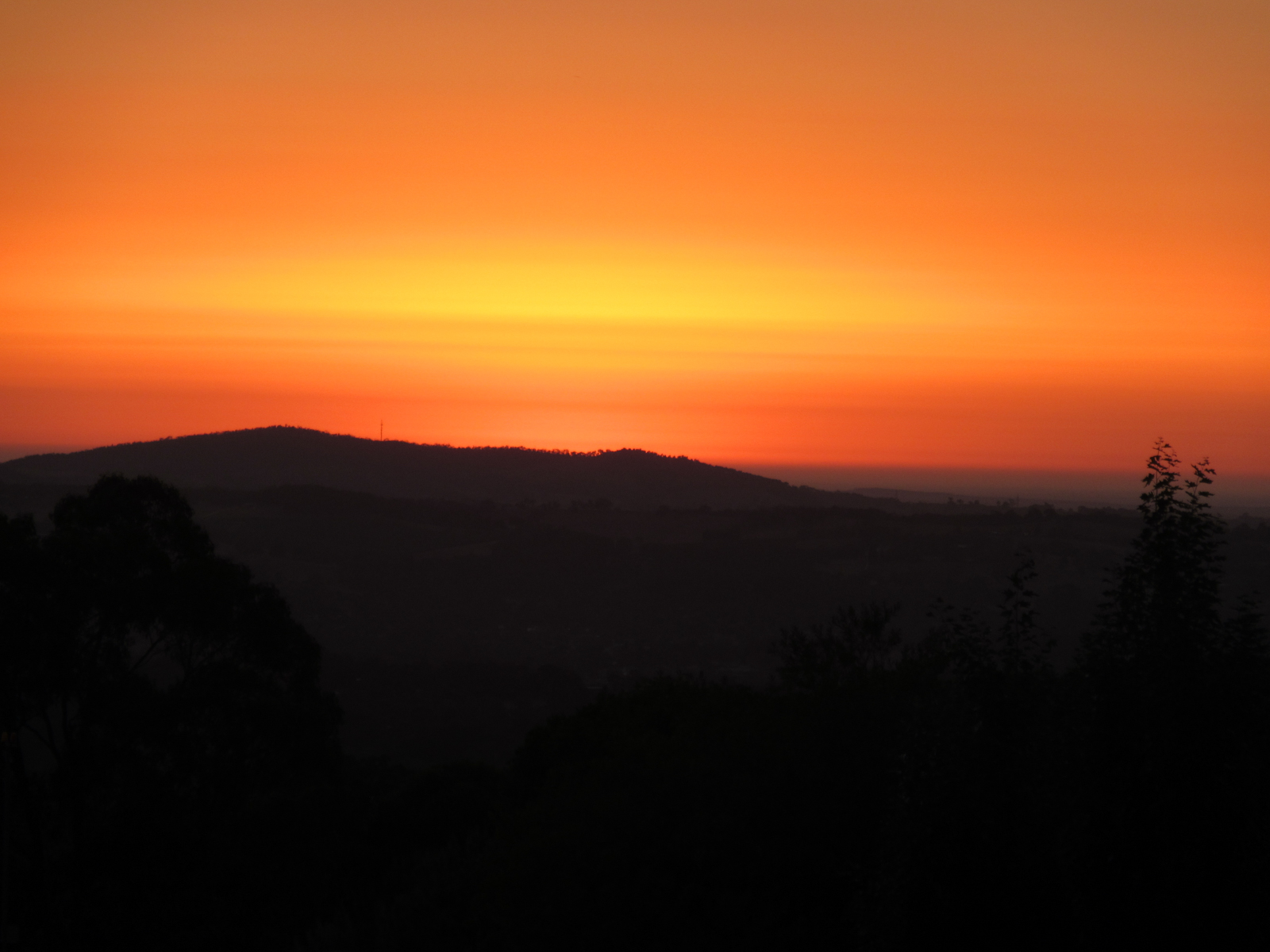The end of winter at least seems to be nigh, but since one can never know what March will bring, it’s best not to cheer too loudly yet. (Actually, I wouldn’t mind real winter for another couple of weeks, it’s the yoyo I hate. Pick one, Winter. You can’t have it both ways.) The one noticeable difference now is the light – it is no longer dark outside when I leave work (had a bit of a shock Friday). Yay!
But today we will take a short look back at the Winter That Was, because it is, after all, Ronja’s favourite season.

Drive-by photo because she will not sit still if there’s snow to be et.
©rq, all rights reserved.
Well, usually…
















